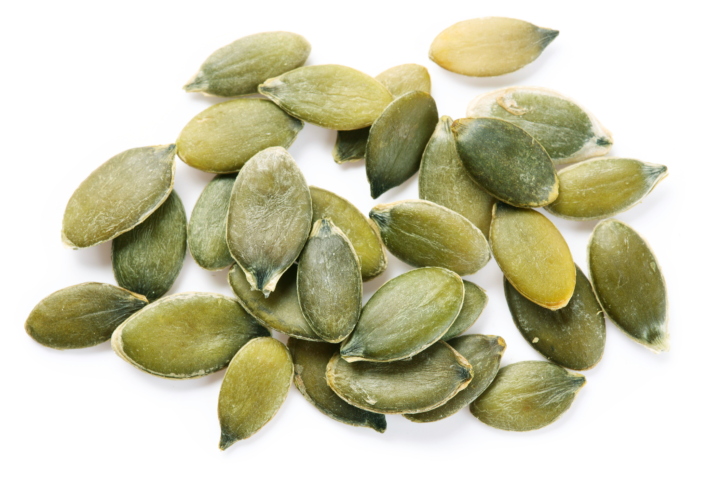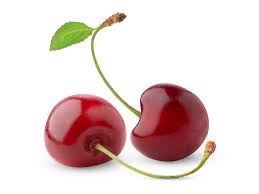It's that time of year. Everyone at the office is running around with a runny nose, coughing and sneezing and you've got someone with a Man Cold at home (the man cold is REAL people. and if you're a woman reading this, you can sympathize. and if you're a man, be honest, you know it's true)
I have a few staple tricks in my back pocket that work like a charm, every time.
If you, or anyone in your life is feeling achy, sluggish, drained and like you're about to fight something you don't want, or need your man to NOT catch the Man Cold, apply these 4 things and I'm certain you've got one up on whatever's coming your way.
First things first...there is a magical tincture that I keep close at all times. Dose up on this potent tincture COLD AND SINUS BLASTER by Vitality Works (*not sponsored). Even if it's not a cold OR in your sinuses, the primary ingredients are exactly what your system needs to battle the demons. I've tried other brands and other tinctures and this is the only one that has proven to work without fail, every time. Instructions will tell you to add to 8oz of water, skip that, take a full dropper-full straight and follow with a few sips of water if needed. Potent magic. Take 2-3 times a day for 2 days.
Second, make a little concoction of 5 drops of Oregano Oil (or whatever the dosage is for a brand you like) and a dose of an Echinacea Goldenseal tincture in 4 oz of water and take it down. Take once daily for 2-3 days.
Third, give yourself some delicious love with 1-2 Tbsp of raw Manuka Honey a day. Unlike any other honey, the nutritional benefits of Manuka are 4x that of regular flower honey giving it a UMF (unique manuka factor - a global standard in identifying and measuring the antibacterial strength). Make sure the manuka honey is labeled with the standard UMF rating of 16+ or greater for the medicinal benefits. Take it straight by the spoonful, but if that's too sweet for you, add to your warm tea.
And lastly, make this delicious soup or any variation of the basic recipe below. Use whatever root vegetables you have on hand, swap the orzo for pasta or rice, add extra greens, and slurp away.
Just what the doctor ordered ..
And perhaps you're just in need of cozying up with something warm, hearty and inviting. Let's face it, we all need to feel swaddled at times and this comforting soup does just that.
Chicken and Lemon Orzo Soup
INGREDIENTS:
2 Tbsp olive oil
1 onion, chopped
3 carrots, chopped
3 celery stalks, chopped
3 parsnips, chopped
4 c chicken broth and 2 c water
1 c orzo
1 small parmesan rind
zest and juice of 1 lemon
1/2 a rotisserie chicken, separated into bite-sized pieces
4 c chopped kale
1 c chopped parsley
DIRECTIONS:
Heat olive oil in large dutch oven or soup pot. Add onion and a pinch of salt and saute until translucent. Add carrots, parsnips and celery and saute until fork tender.
Add chicken broth and water and bring to a boil. Add orzo and parmesan rind and cook until orzo is al dente.
Add chicken, kale, lemon juice and zest, and parsley. Season with salt and pepper.
STAY WARM, STAY HEALTHY PEOPLE.
























